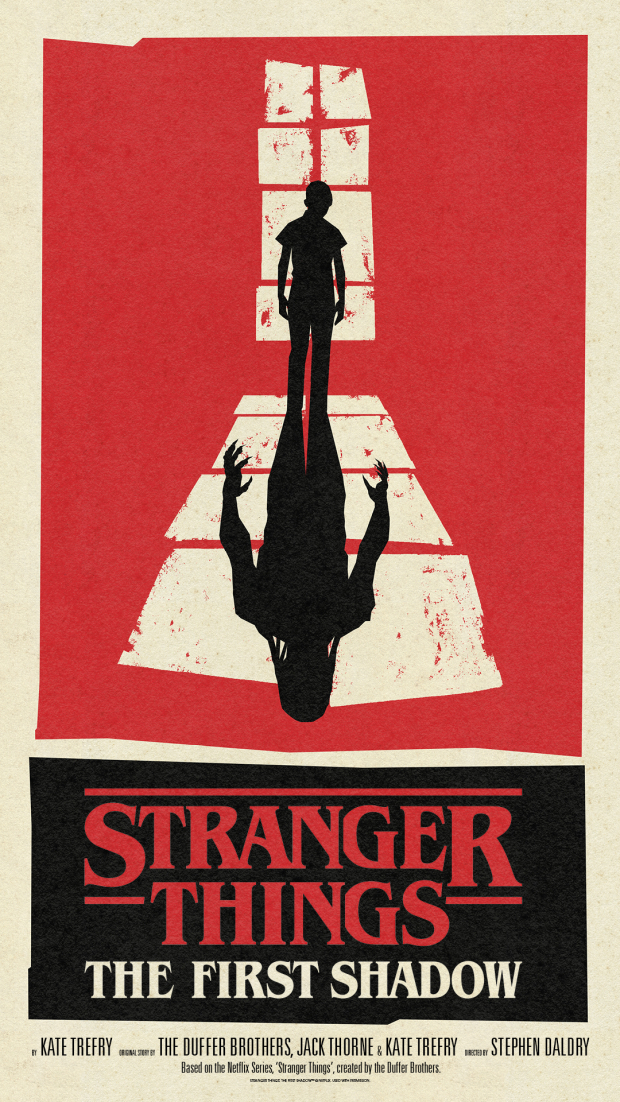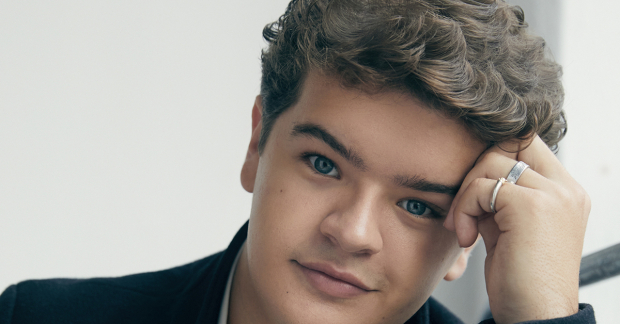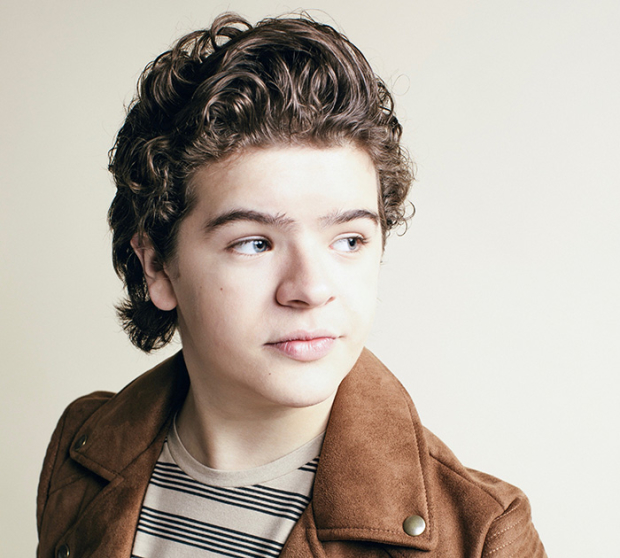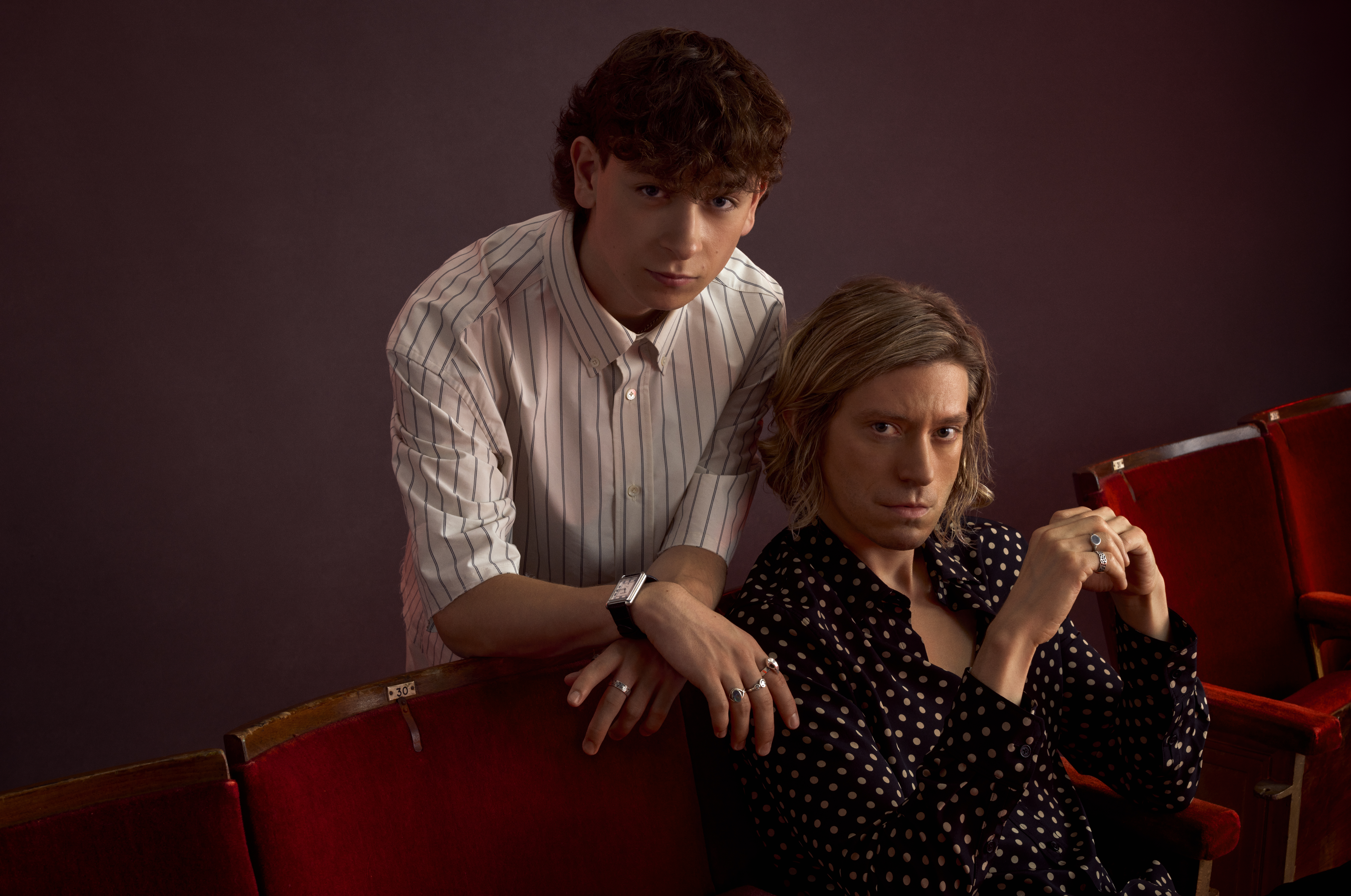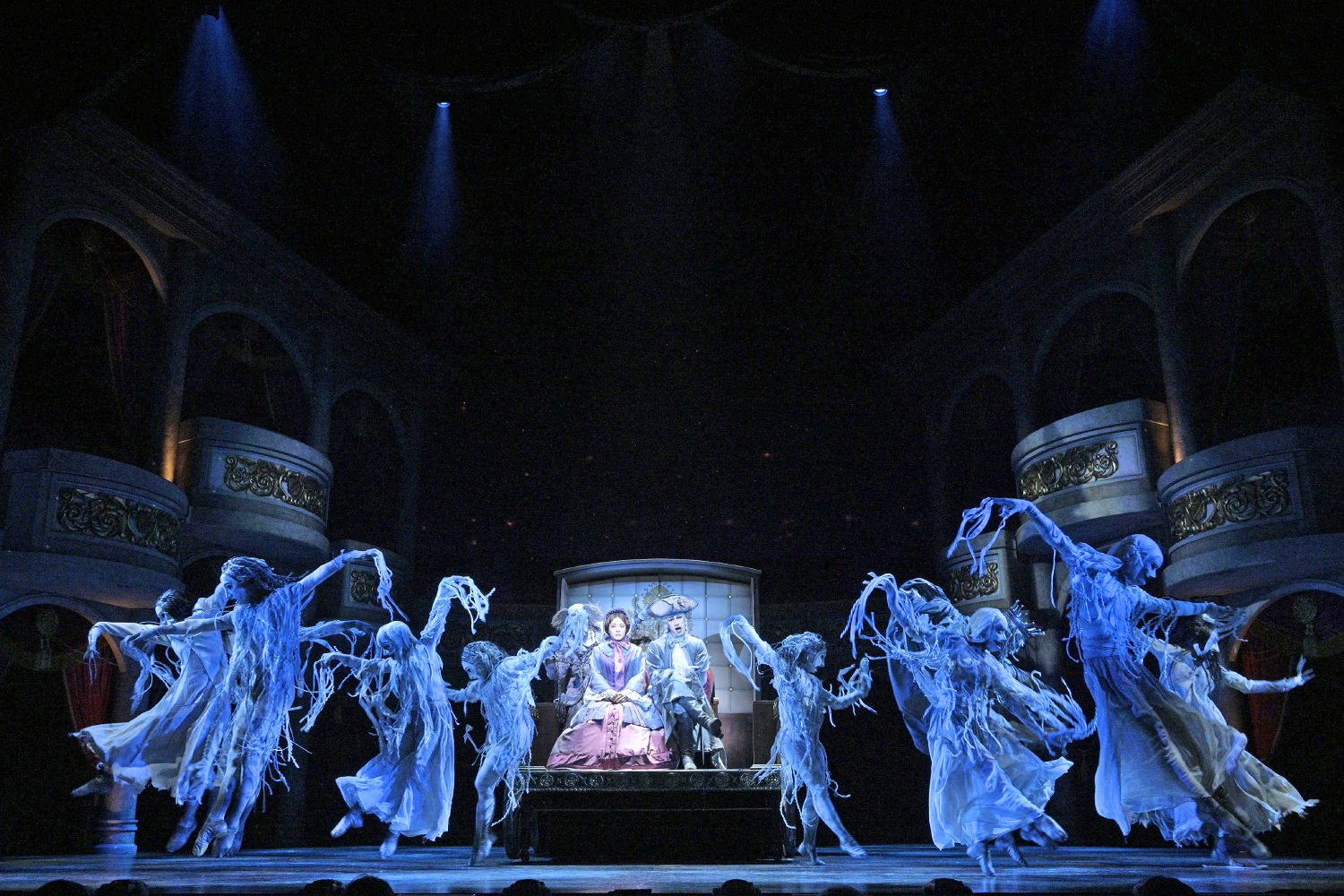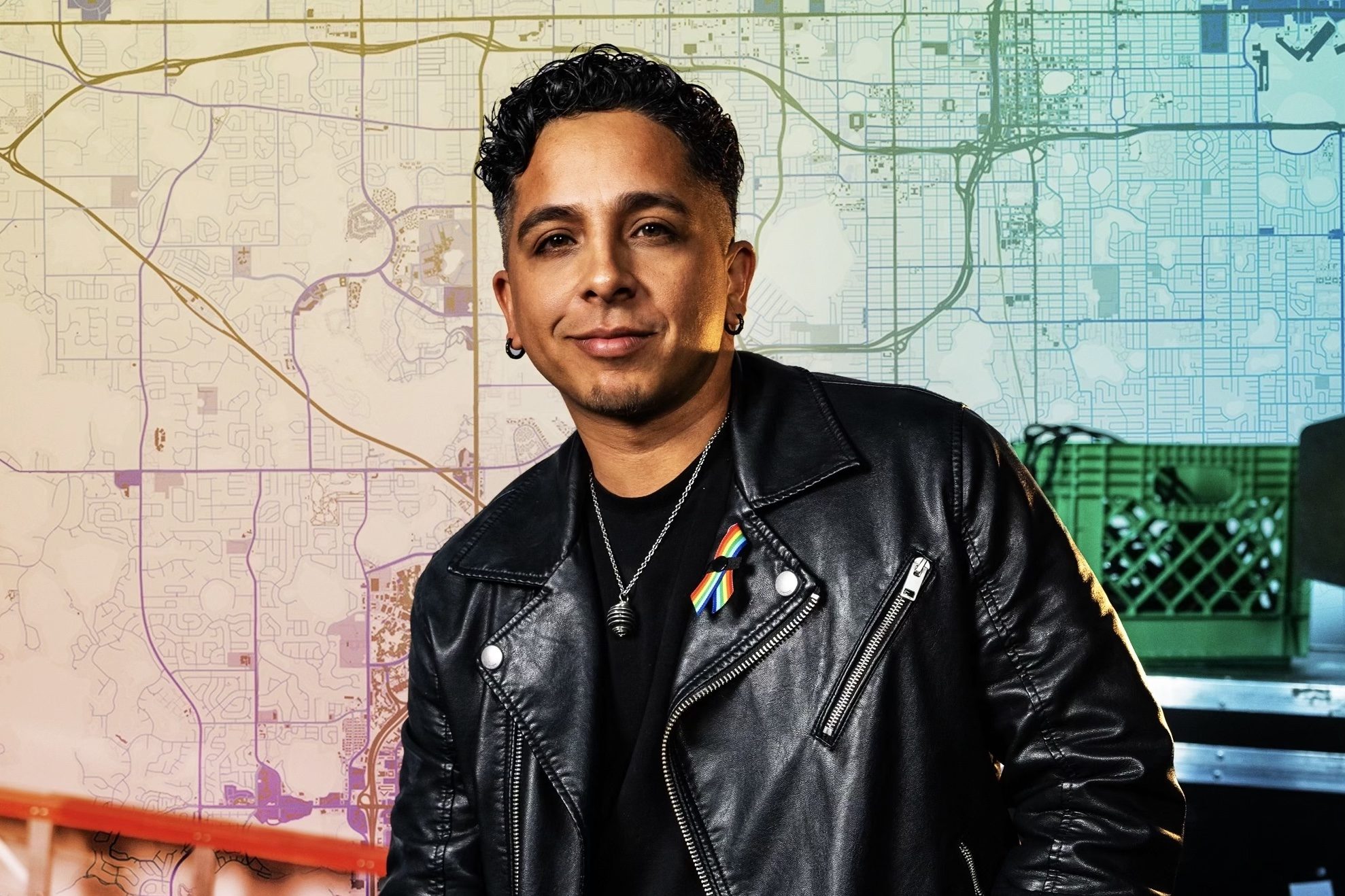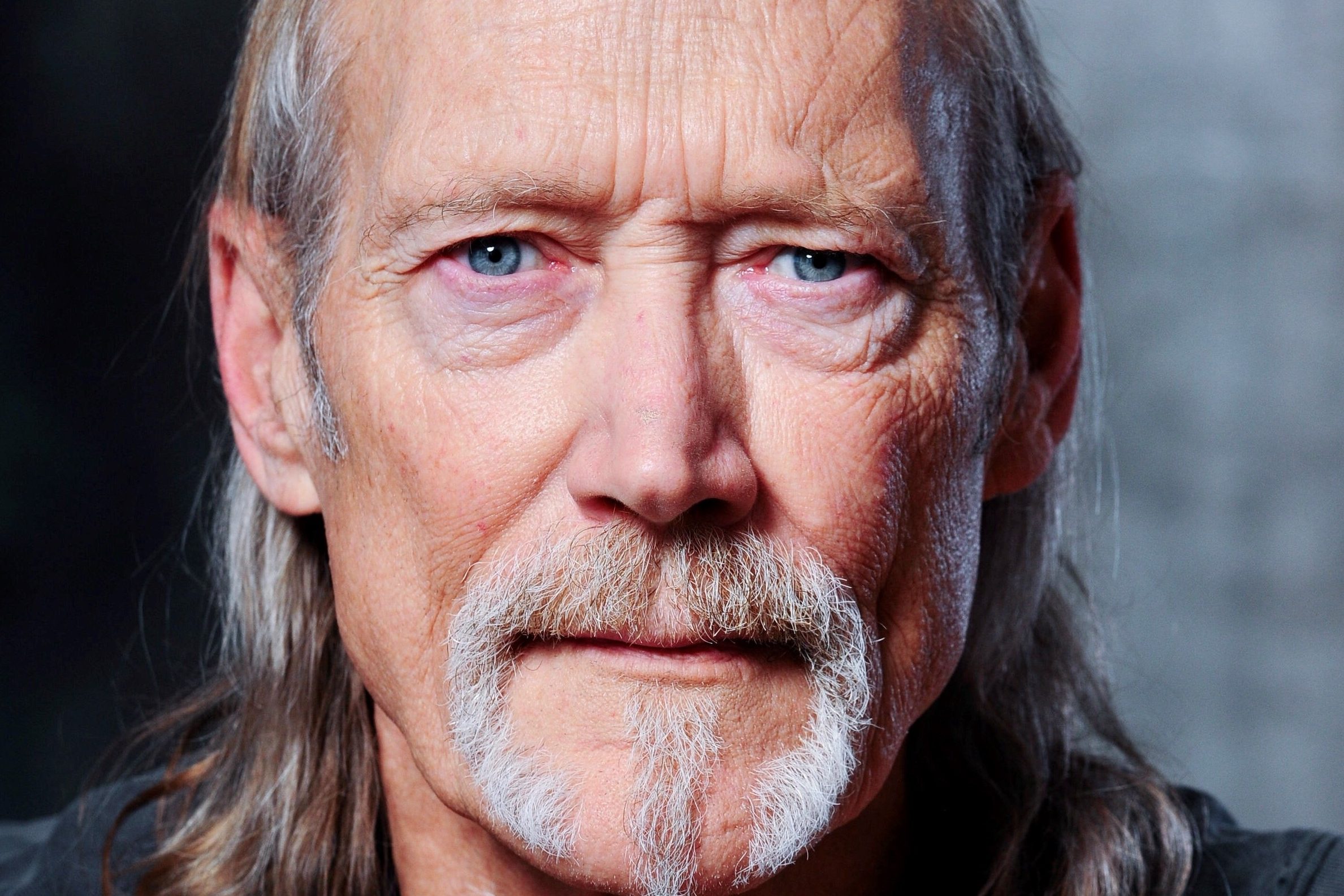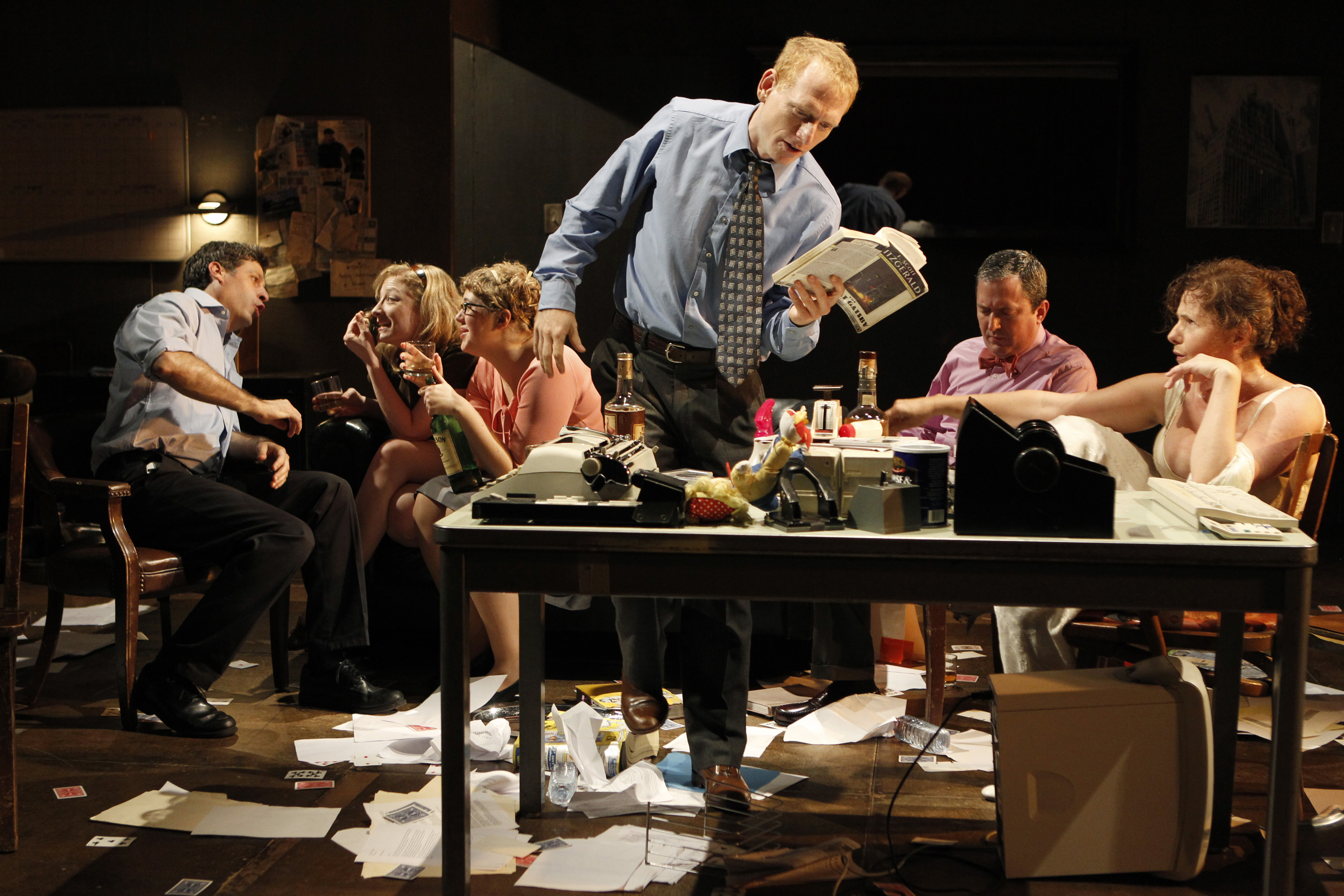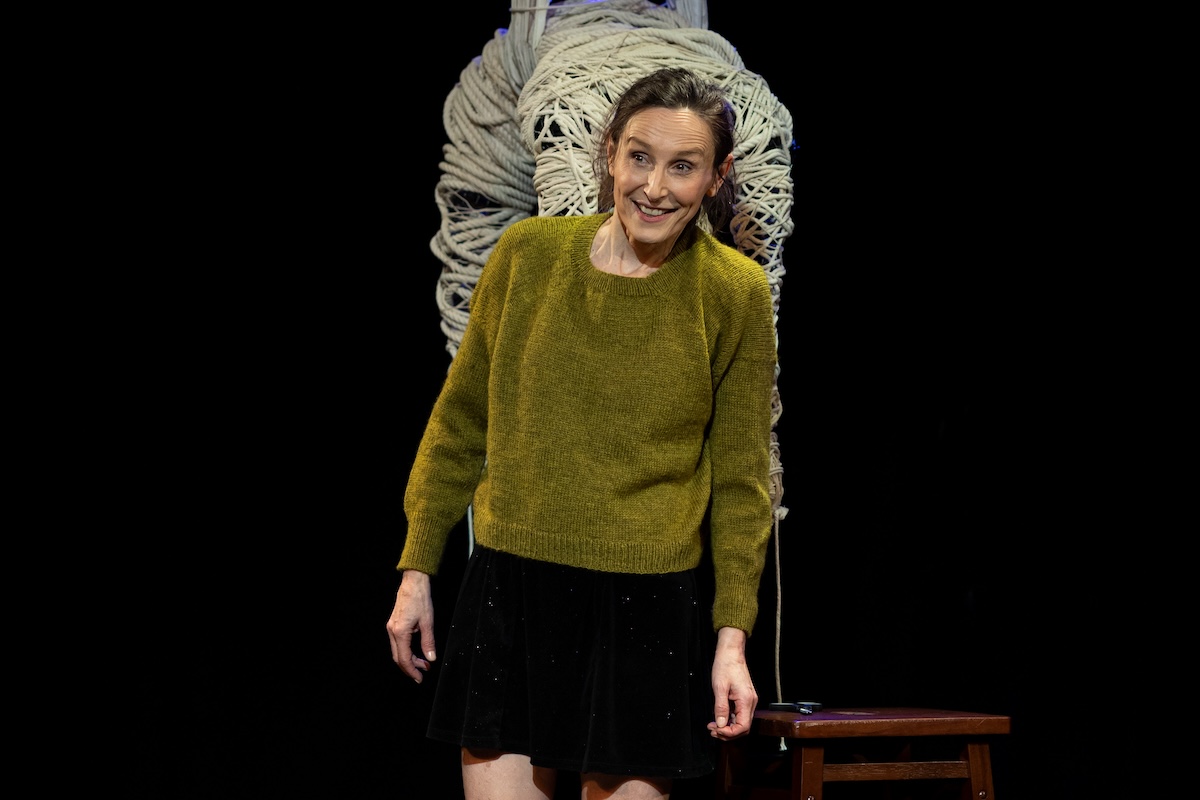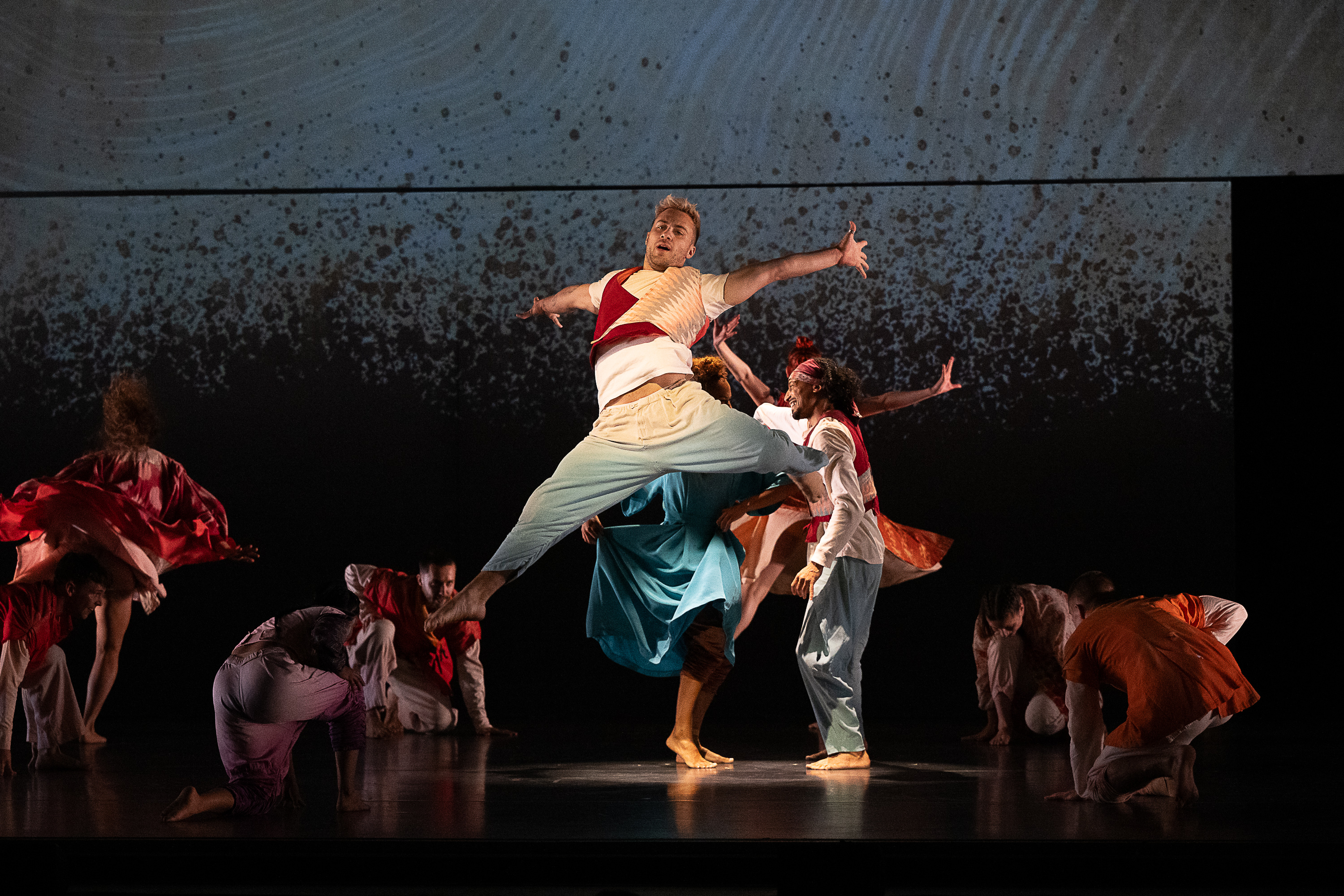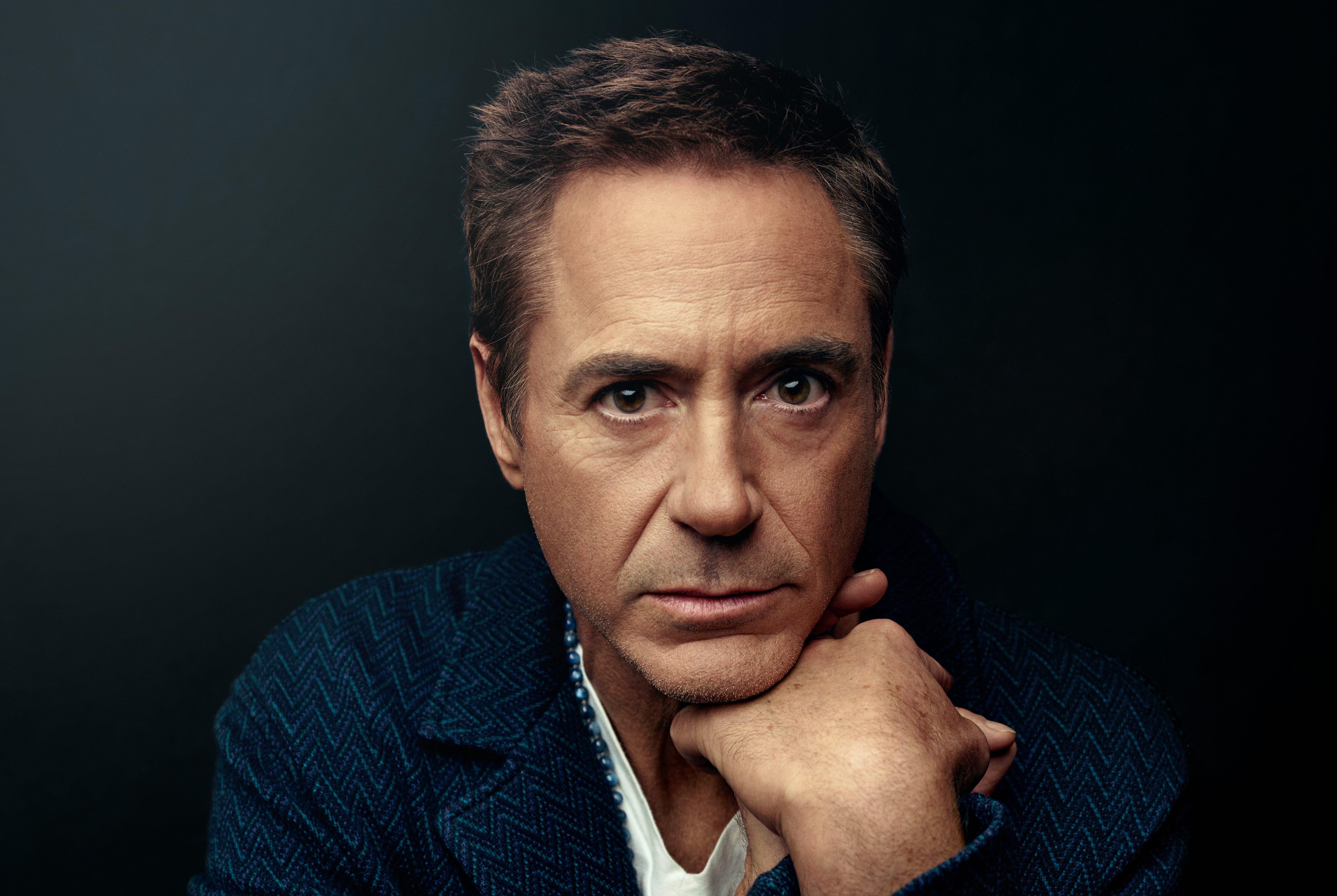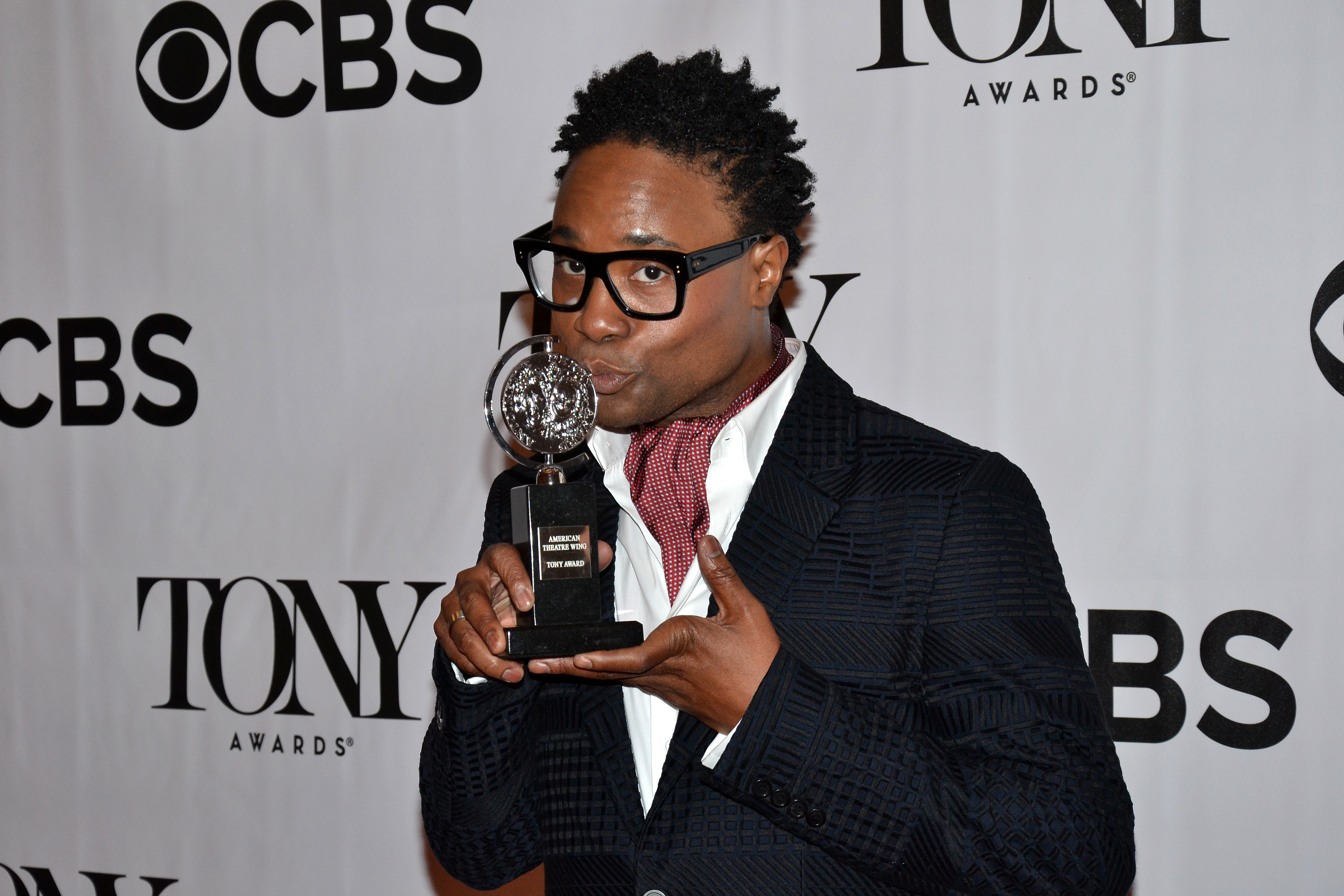Review: Stranger Things: The First Shadow Brings Netflix to the West End
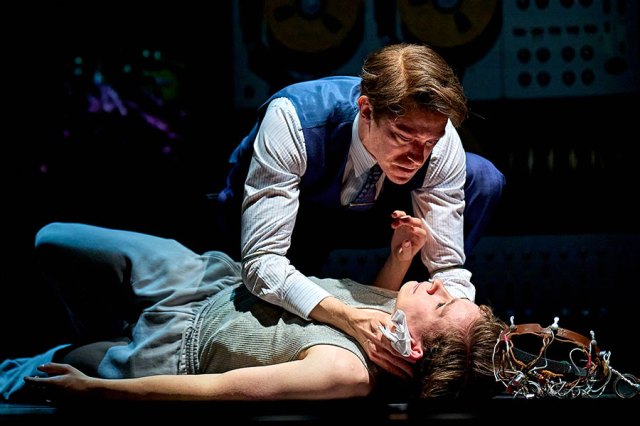
(© Manuel Harlan)
From the opening seconds of Stranger Things: The First Shadow, making its world premiere in the West End, you know you’re in for a major visual spectacle.
Produced by Sonia Friedman and Netflix (who brought the famed four-season 1980s-set show Stranger Things to screens back in 2016), no expense has been spared in the three-hour stage prequel playing at the Phoenix Theatre.
Audiences are buffeted by wind, coated in haze, subjected to bloody scenes of gory panic, transported into mysterious realms, and made to witness huge set-pieces. All within the first four minutes. No one has phoned it in with this production — first proposed by director Stephen Daldry, who floated the idea to the streaming giant a few years back.
Taking place predominantly in fictional 1950s town Hawkins, Indiana, fans of the TV show will be no stranger to the general plot beats here — a group of high school teens are caught up in a series of surreal, possibly supernatural goings-on affecting their hometown. This coincides with the arrival of Henry Creel, a troubled, quiet child with special powers, bringing with him the “First Shadow” referred to in the title. Tying directly into the show (particularly the fourth season), there’s a battery farm’s worth of Easter eggs on offer for anyone who has lapped up the stories of Eleven, Hopper, Dustin, Mike, and co.
In the same way the TV series pays tribute to sci-fi films of the ’80s, screenwriter Kate Trefry’s stage version (penned alongside Jack Thorne and the Duffer Brothers) gives some nods to its theatrical form — from Howard Richardson and William Berney’s 1951 play Dark of the Moon to Oklahoma! to Hamlet — going so far as to use a play-within-a-play conceit in order to try and catch a suspected killer in the second half.
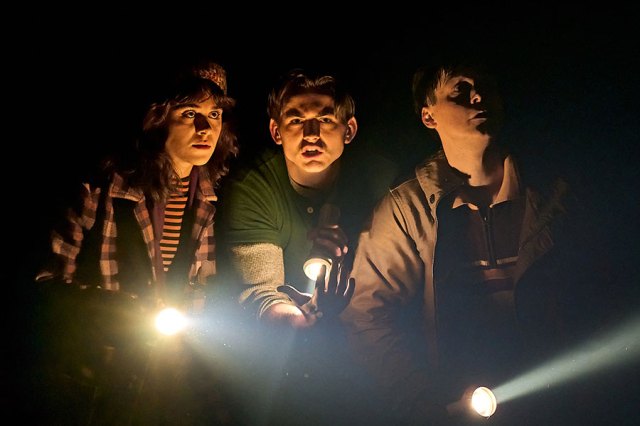
Everything is dialed up to 11 — from Miriam Buether’s unending number of elaborate and meticulously crafted sets, to Paul Arditti’s sound design, utilizing effects familiar to fans of the series, to 59 Productions’ effective video design, featuring heavily from the off. Special credit has to go to illusions and visual FX designers Jamie Harrison and Chris Fisher, who dish out gripping and gruesome moments with awe-inspiring frequency.
One of the production’s greatest strengths is Daldry’s ability to know what gels with a live audience, rather than binge-watching sofa-dwellers. Thrills that work in your living room might not do so in a 1,000-seat auditorium. The director stages the show in same way he would do a musical — with mammoth, tech-laden sequences instead of numbers. A lot of scenes take a similar shape — set pieces slowly come together, tensions ratchet up, before a visually spectacular climax. If the old adage goes that “if you can’t say it, sing it”, then in Stranger Things it’s closer to “if you can’t say it, stage it with pulsing strobe lighting, projections, and intricate effects”.
Slightly shoe-horned musical dance sequence aside (Daldry did direct Billy Elliot, after all), Act 1 in particular gallops on with an arresting, engaging pace Billy Elliot laden with intrigue, shocks and character development.
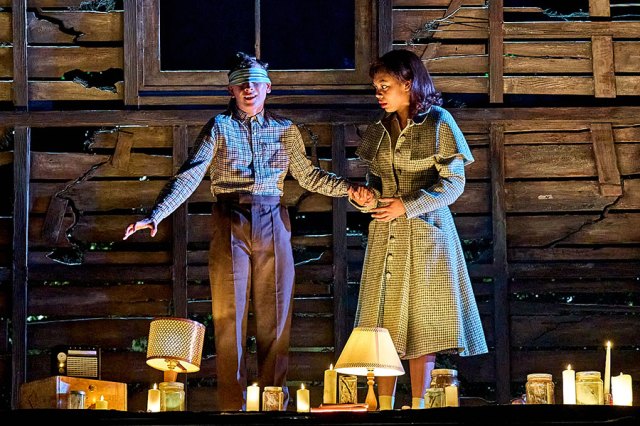
Casting director Jessica Ronane has also done a fine job assembling a large company capable of echoing younger versions of characters from the TV series. Isabella Pappas, Oscar Lloyd, and Christopher Buckley get a chunk of stage time as teenage versions of Joyce Maldonado (Winona Ryder on screen), James Hopper Jr. (David Harbour), and Bob Newby (Sean Astin in season 2), driving some of the more conventional scenes. The play is at its funniest and most endearing when the trio are onstage, investigating a series of grizzly goings-on, with Buckley in particular bringing a lovable charm that channels the best of Astin.
The two stars with the most on their shoulders, however, are stage debutantes Louis McCartney and Ella Karuna Williams as Creel and Patty Newby — the latter a new character for the stage production. Though TV show fans will be familiar with Creel, Trefry’s writing augments and develops the character, unveiling a more tortured backstory that adds further dimensions to the villain. McCartney is seemingly never offstage for very long — convincingly bringing the boy’s powers to life while also finding some sweetness amongst some seriously dark moments. Williams, on the other hand, gets to be the emotional heart of the piece, and her journey feels the most convincing and fully formed by the end.
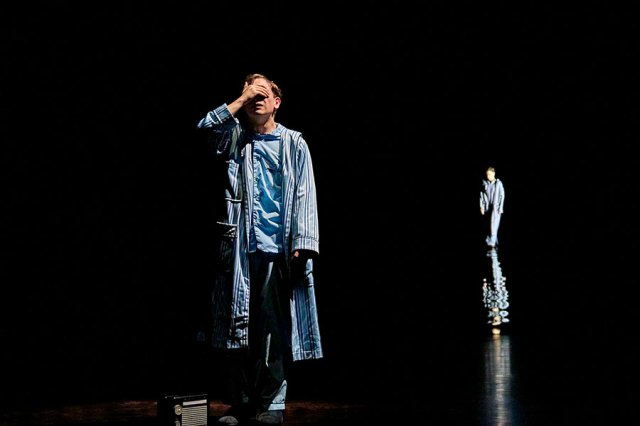
Despite a slightly meandering second act, everything here is ready to swallow you up faster than a demogorgon. Patrick Vaill, electrifying in Oklahoma! earlier this year, is growling and menacing as a younger, wild-eyed and enigmatic Doctor Brenner (played with scenery-chewing glee by Mathew Modine in the show), though is occasionally saddled with exposition in order to bridge the narrative gap between stage and screen.
None of it really matters when everything is firing on so many cylinders. Sci-fi enthusiasts and thrill seekers will certainly find the adrenaline-pumping highs they’re hunting for — this is about as close to a roller-coaster experience as the West End can provide.
Compared with the equally high quality Harry Potter and the Cursed Child, that too filled to the brim with technical wizardry and based on a well-established brand, The First Shadow has given itself a harder task by being set as a prequel (rather than a sequel like Cursed Child) — we know how some of these characters’ lives continue, which relationships work out, which baddies do or don’t get their comeuppance. But that doesn’t mean we turn away for a second.
Coming out of the Phoenix — exhausted, exhilarated — I had a strong desire to go back and watch the original TV show. The First Shadow is doing exactly what Netflix wants it to.



